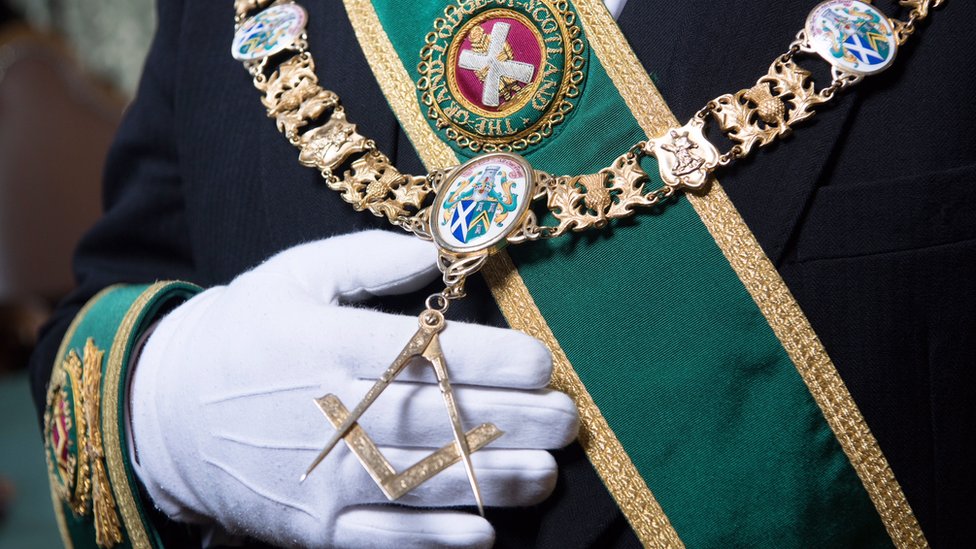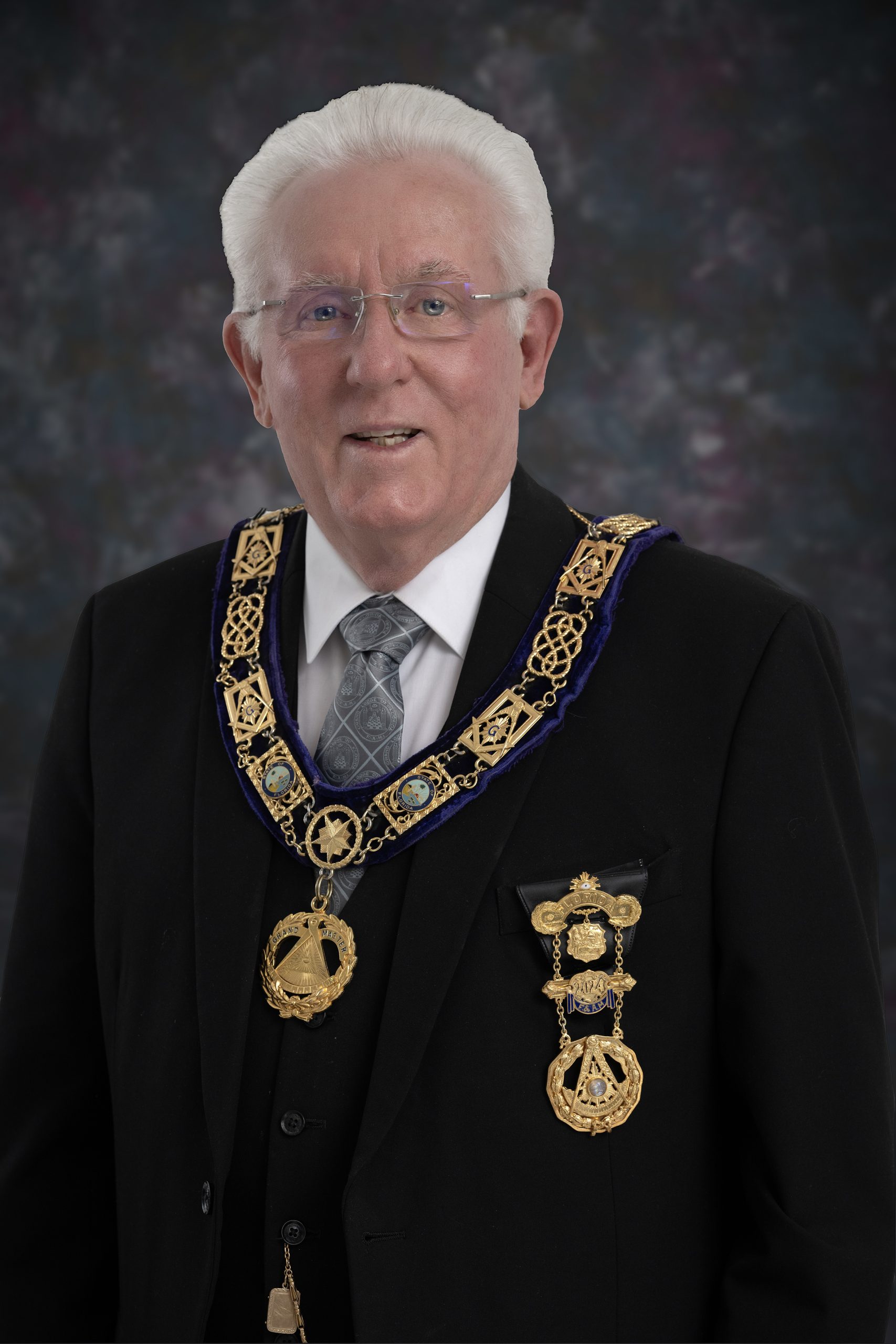Exploring the Mysteries of the Freemason: What You Need to Know
The Freemason, a term usually shrouded in intrigue and debate, represents an intricate tapestry of historical fact and modern misconception. Established in the late 18th century, this secret culture was initially rooted in the Enlightenment's perfects but has actually given that come to be synonymous with conspiracy theory concepts regarding elite control. As we browse the beginnings, key numbers, and the stark contrast between myth and reality, one have to consider just how these stories influence modern perceptions of power and secrecy. What may be disclosed with a better evaluation of these components can challenge long-held presumptions concerning the darkness that stick around in our culture.
Origins of the Freemason
The origins of the Freemason are steeped in a blend of historic intrigue and ideological eagerness. Developed in 1776 in Ingolstadt, Bavaria, by Adam Weishaupt, the group was initially created as a secret society targeted at promoting Enlightenment suitables such as factor, secularism, and the splitting up of church and state. Weishaupt, a teacher of canon regulation, sought to challenge the prevailing authority of the church and state, which he deemed overbearing establishments stifling intellectual and personal liberty.
The Freemason looked for to recruit prominent members from various societal industries, including national politics, academic community, and the arts, to promote a network dedicated to these Knowledge concepts. The culture operated under a veil of secrecy, using coded language and routines to secure its participants from oppression, specifically provided the repressive climate of the time. The Freemason dealt with significant resistance from both governmental authorities and religious establishments, which viewed the team as a threat to their power.
Secret Figures and Participants
That were the pivotal figures that formed the Freemason's early impact and instructions? The Bavarian Freemason, founded in 1776 by Adam Weishaupt, arised as a feedback to the oppressive social structures of the time.
An additional substantial number was Johann Gottlieb Fichte, a noticeable philosopher whose ideas on nationalism and education and learning reverberated with the Freemason's objectives. Fichte was not a formal participant, his thoughtful underpinnings influenced the team's ideological background. Furthermore, figures like the author and philosopher Johann Wolfgang von Goethe were connected with the broader intellectual movements of the time, although their straight involvement with the Freemason continues to be questioned.
These key figures contributed to the Freemason's early direction, pressing the limits of political and social thought, while their collective initiatives aimed to test established standards and cultivate a climate of modern adjustment in Europe.
Misconceptions vs. Truth
Lots of misconceptions surround the Freemason, commonly blending truth with fiction in a way that obscures its real nature. The notion that the Freemason proceeds to apply considerable influence over world events is a misconception - how to become a freemason.
One more prevalent misconception is that the Freemason makes up a network of elite people manipulating worldwide events. In truth, many conspiracy theory concepts overemphasize the team's relevance, attributing unfounded intentions to societal trends and occasions. This has caused an oversimplified view of complex issues.

Modern Analyses
Contemporary interpretations of the Freemason commonly show broader social stress and anxieties and an attraction with privacy and power. This modern-day lens often links the Freemason with conspiracy theory concepts that recommend a concealed elite orchestrates world occasions, controling governments and economic climates for their own gain. Such stories take advantage of an ingrained distrust of authority, particularly in times of dilemma or social upheaval.

Additionally, some modern interpretations mount the Freemason as an allegory for the intricacies of globalization and the interconnectedness of significant individuals and organizations. This viewpoint motivates a vital assessment of how power characteristics operate in today's globe, highlighting the balance in between transparency and privacy in governance and business methods.
Cultural Influence and Legacy
Influenced by centuries of intrigue, the social influence and tradition of the Freemason expand far past its historical origins. This secret culture, established in the late 18th century, has permeated different aspects of prominent society, from literary works and film to songs and art. The concept of the Freemason has actually developed right into a sign of conspiracy concepts, frequently representing a regarded concealed power check out here controling international events.
In literature, writers like Dan Brown have woven the Freemason right into detailed stories, exciting readers with styles of secrecy and power. Movies such as "National Treasure" and "The Da Vinci Code" further continue the appeal of the society, mixing fact with fiction to produce engaging stories.
The Freemason's impact also expands into music, with musicians referencing the organization to evoke themes of disobedience and social critique. This representation has actually added to an attraction with the idea of private groups regulating the bars of power, reflecting social stress and anxieties about authority and openness.
Inevitably, the try this site Freemason's heritage is a complicated tapestry of myth and truth, forming assumptions of privacy and control in contemporary discussion. Its enduring existence in society underscores humanity's perennial quest for understanding concealed realities.
Conclusion
The exploration of the Freemason discloses a complicated interplay in between historical truths and contemporary myth-making. Established in the Knowledge era, this society aimed to test oppressive structures, yet its legacy has actually been eclipsed by conspiracy theories that recommend elite control. Understanding the differences in between the original suitables and modern interpretations is important for comprehending the withstanding attraction with the Freemason and its significant impact on cultural stories bordering power and privacy in culture.